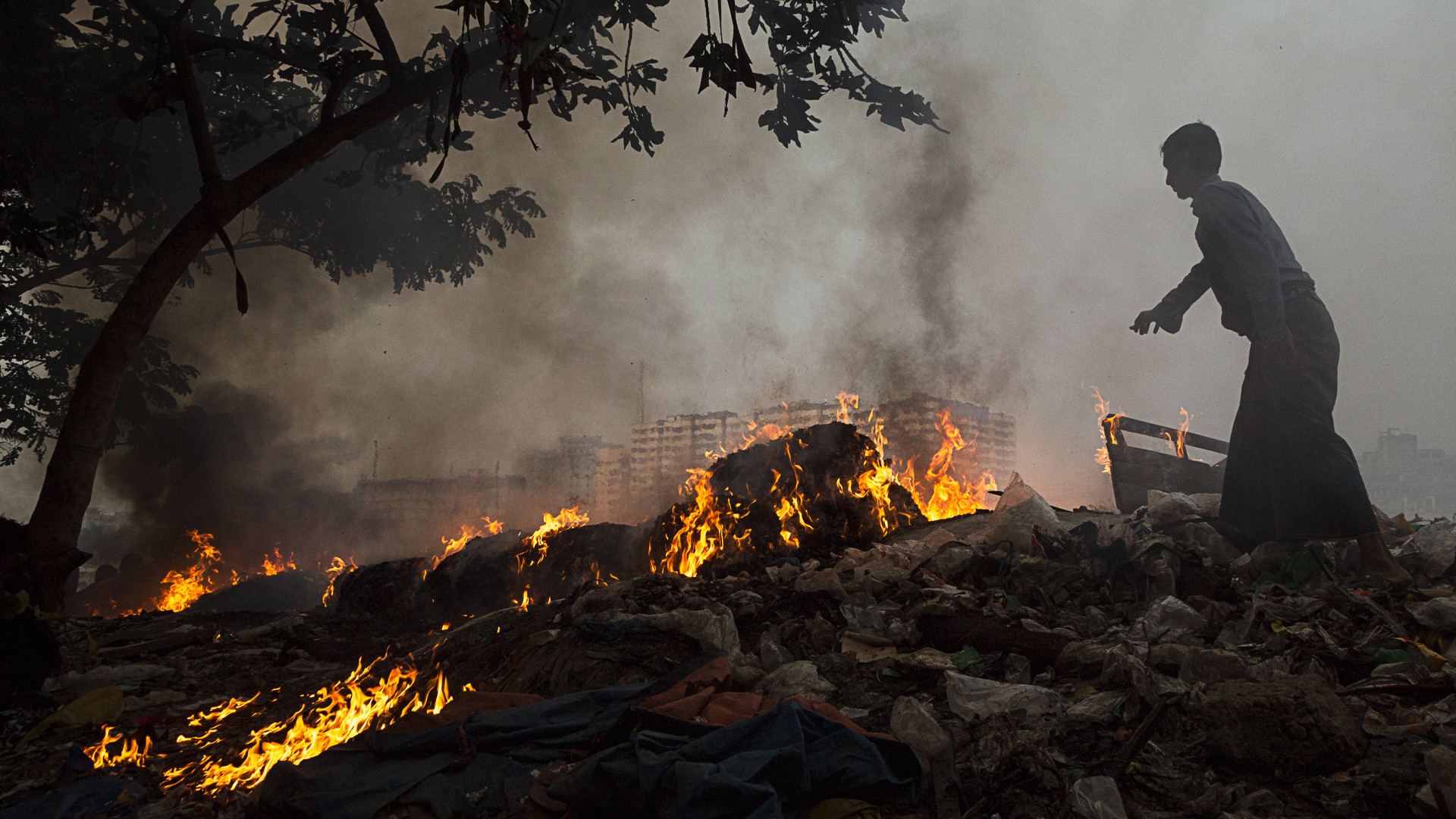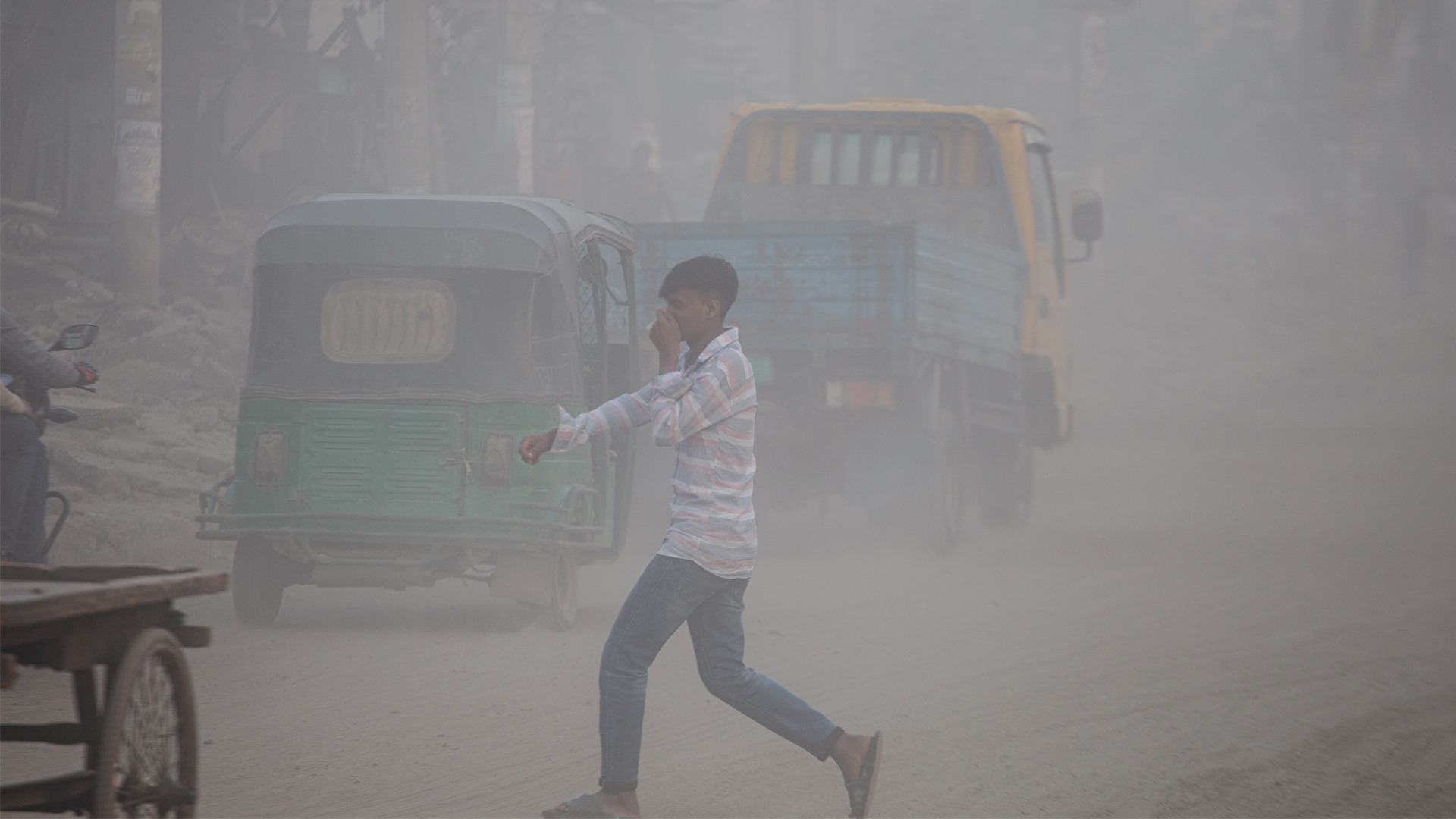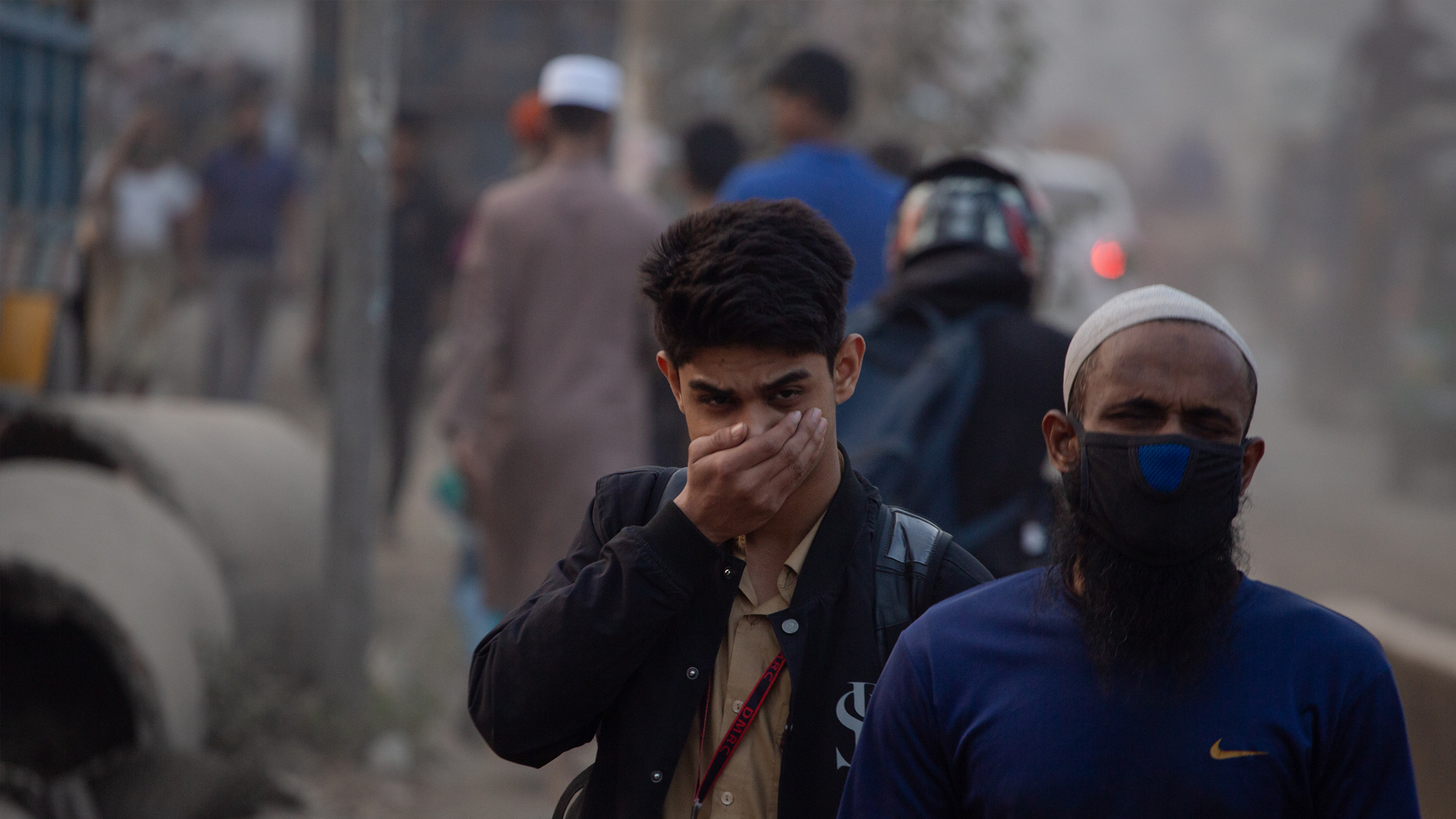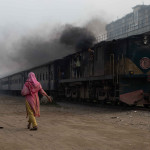Air Pollution in Bangladesh:
Air pollution has become a critical environmental and public health issue in Bangladesh, particularly in urban hubs like Dhaka, which often ranks among the most polluted cities worldwide. This thesis explores the major sources of air pollution, its wide-ranging effects on health and quality of life, and the ongoing efforts by civil society—particularly Platform Bangladesh—to address this growing crisis. It evaluates policy gaps, technological barriers, and community awareness while proposing actionable solutions to build a cleaner, healthier urban environment.
1.1 Background
Bangladesh is one of the fastest-growing economies in South Asia. With rapid industrialization, population growth, and urban expansion, the nation faces a growing environmental burden—chief among them, air pollution. According to the World Health Organization, air pollution is now a leading cause of premature death in the country, and cities like Dhaka consistently rank in the top tier of global pollution indices.
1.2 Problem Statement
Despite growing awareness and international concern, air pollution in Bangladesh remains poorly controlled. Outdated technologies, weak regulation, and limited public engagement continue to drive hazardous air quality levels. The consequences are grave, affecting not just the environment but also public health, education, and economic productivity.
1.3 Objectives
- To identify the primary sources of air pollution in Bangladesh
- To assess the short- and long-term health and environmental impacts
- To evaluate current policy and civic responses to air pollution
- To highlight the role of Platform Bangladesh in addressing this issue
- To propose strategic, sustainable interventions
Causes of Air Pollution in Bangladesh
2.1 Vehicular Emissions
One of the most significant contributors to urban air pollution is the transportation sector. Bangladesh’s cities are filled with poorly maintained vehicles, most of which operate on outdated fuel and engines that emit high levels of nitrogen oxides (NOx), carbon monoxide (CO), and particulate matter (PM2.5 and PM10).
2.2 Industrial Activities
Unregulated factories, especially in textiles, tanneries, and steel production, release large volumes of smoke and chemical particulates into the air. Industrial zones often lack proper emission control mechanisms.
2.3 Brick Kilns
Bangladesh has over 7,000 traditional brick kilns, many of which use coal and wood as fuel without any filtration systems. These kilns release black carbon and other fine particulates that severely degrade air quality.
2.4 Construction Dust
Urban construction—often done without environmental safeguards—produces significant dust pollution. The use of unregulated materials and inefficient construction practices aggravates the problem.
2.5 Waste Burning
Open burning of plastic, organic, and medical waste is common across the country. It releases dioxins, furans, and other toxic pollutants that are hazardous to health and the environment.
Impacts of Air Pollution
3.1 Health Impacts
Air pollution contributes to a range of health problems, including:
- Respiratory Diseases: Asthma, bronchitis, and chronic obstructive pulmonary disease (COPD) are increasingly common, particularly in children and the elderly.
- Cardiovascular Illnesses: Exposure to high levels of PM2.5 and ozone has been linked to heart attacks, strokes, and hypertension.
- Cancer Risk: Long-term exposure to certain airborne pollutants increases the risk of lung cancer.
- Cognitive Effects: Emerging studies indicate that polluted air impairs cognitive development in children and may contribute to dementia in older adults.
3.2 Environmental Impacts
- Poor Visibility: Smog and haze reduce visibility, increasing road accidents and hampering day-to-day life.
- Ecosystem Disruption: Toxic pollutants harm plant growth and disrupt the food chain, especially in urban parks and agricultural zones.
- Climate Impact: Black carbon and greenhouse gases exacerbate global warming and local climate instability.
Government and Policy Response
Despite the existence of environmental laws such as the Bangladesh Environment Conservation Act, enforcement remains weak. Agencies lack the resources and authority to monitor emissions effectively. Policies exist on paper but are rarely implemented at scale.
4.1 Challenges in Policy Implementation
- Institutional corruption and lack of accountability
- Inadequate monitoring and enforcement capacity
- Low budget allocation for environmental regulation
- Absence of public consultation in urban planning
The Role of Platform Bangladesh
Platform Bangladesh is a civil society organization dedicated to environmental justice and sustainable development. It plays a crucial role in advocating for cleaner air and empowering communities to take part in environmental action.
5.1 Promoting Cleaner Technologies
Platform Bangladesh collaborates with researchers and businesses to promote eco-friendly alternatives to traditional brick kilns, including Hybrid Hoffman Kilns (HHKs) and Vertical Shaft Brick Kilns (VSBKs), which drastically reduce emissions.
5.2 Sustainable Transport Advocacy
The organization supports the shift toward electric vehicles (EVs) and sustainable public transport. It works with city planners to promote non-motorized transport, including cycling lanes and walkable city designs.
5.3 Legal and Policy Advocacy
Platform Bangladesh lobbies for stricter air quality standards, updated environmental regulations, and better enforcement mechanisms. It also provides legal aid to pollution-affected communities.
5.4 Public Awareness Campaigns
Through seminars, school programs, and media outreach, Platform Bangladesh raises awareness about the health effects of air pollution. It also trains young activists in environmental monitoring and community engagement.
5.5 Air Quality Monitoring
Using portable and fixed sensors, the organization monitors real-time air quality across cities. Data is made freely available to the public via digital dashboards, empowering citizens to hold polluters accountable.
Recommendations
6.1 Strengthening Regulations and Monitoring
- Update emission standards to meet WHO guidelines
- Establish an independent Air Quality Monitoring Authority
- Mandate emission-control devices in vehicles and factories
6.2 Investing in Green Technologies
- Government subsidies for electric and hybrid vehicles
- Upgrade brick kiln technologies across the country
- Encourage solar-powered public infrastructure
6.3 Urban Planning and Infrastructure
- Develop green belts and urban forests
- Control dust through mandatory covering of construction sites
- Designate vehicle-free zones in high-density urban areas
6.4 Education and Community Engagement
- Incorporate air pollution education into school curricula
- Organize public forums and citizen science initiatives
- Train journalists and influencers on environmental reporting
Conclusion
Air pollution in Bangladesh is a silent emergency with widespread consequences for public health, ecological balance, and economic productivity. While government efforts have been inconsistent, civil society organizations like Platform Bangladesh are filling critical gaps through advocacy, innovation, and community mobilization. The path forward requires an integrated national strategy involving government, civil society, and the private sector. Cleaner air is not a luxury—it is a fundamental right and a precondition for a sustainable future.
References
- World Health Organization (WHO) – Global Air Quality Reports
- Department of Environment, Bangladesh – National Air Quality Monitoring Data
- Reports by Platform Bangladesh (2023–2025)
- UNEP – “Brick Kilns and Their Environmental Impact”
- Global Burden of Disease Study – Health Impacts from Air Pollution




